Sharing knowledge at the Jardin chez Paulo!
Do you like plants, nature and want to know more about the usefulness of Reunion’s sometimes forgotten plants? Go and discover the Jardin chez Paulo in Saint-Paul and take advantage of his knowledge of Reunionese plants. A friendly and fun time.
What is a Zarlor ?
Zarlor is a creol word that means « treasure » !
But here, ” Zarlor ” are activities, recommendations (guided tours, sport or cutltural activities…) highlighted by the Tourist Office to discover or re discover the West part of the island.
Meet in the Paulo’s garden, on the way to the Tour des Roches
If you are coming from Savanna, take the Tour des Roches route and just a little before the start for the Bassin Vital hike. Very close to “l’Etang de Saint-Paul”, you will see a small sign indicating the Jardin de Paulo. We’ve been walking past it for a long time and wondering what it was all about! We’re finally going to find out!
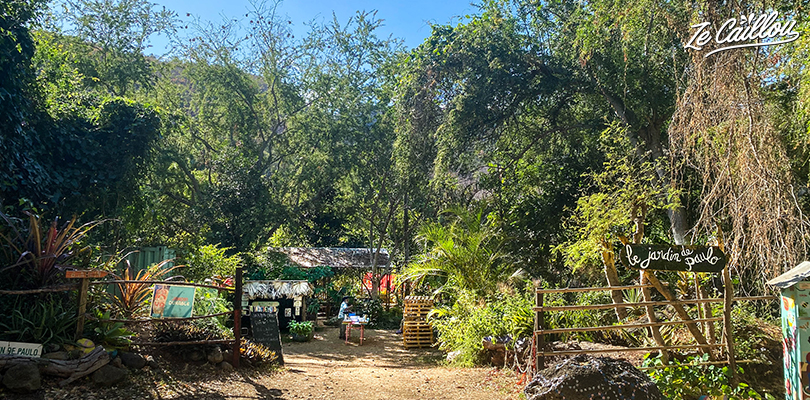
Indeed, Paulo Brigy – a former retired teacher who loves nature and biodiversity – created this 2-hectare long garden to preserve the endangered plants of our heritage.
A welcome full of flavors
Rendez vous at 9 a.m., Paulo and his apprentice welcome us for a small local breakfast snack.
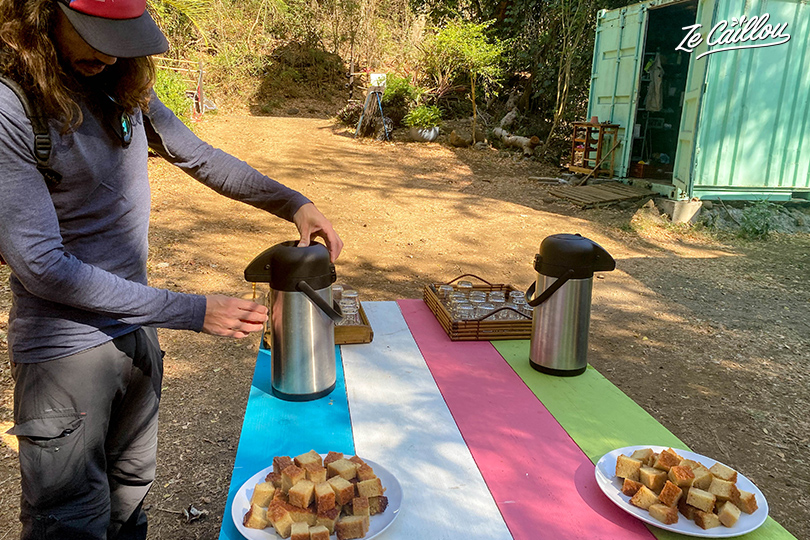
Homemade cake and a good herbal tea from the garden, lemongrass / white verbena and “Atoumo” (or virgin’s tears from the ginger family). We nicknamed the latter that she would help prevent all helth issues! And yes, as soon as we arrive, we already start learning gently.
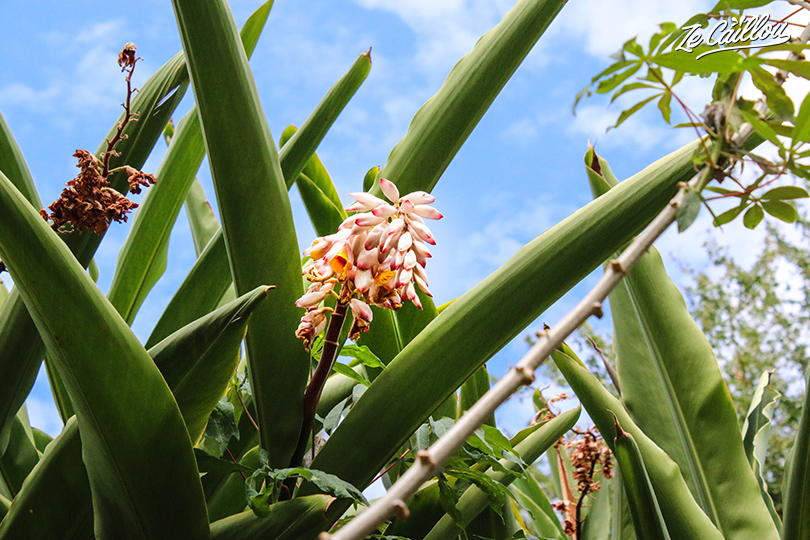
Discovering the vegetable garden
Before going to explore the garden with Didier, we start the visit in the vegetable garden with Paulo.
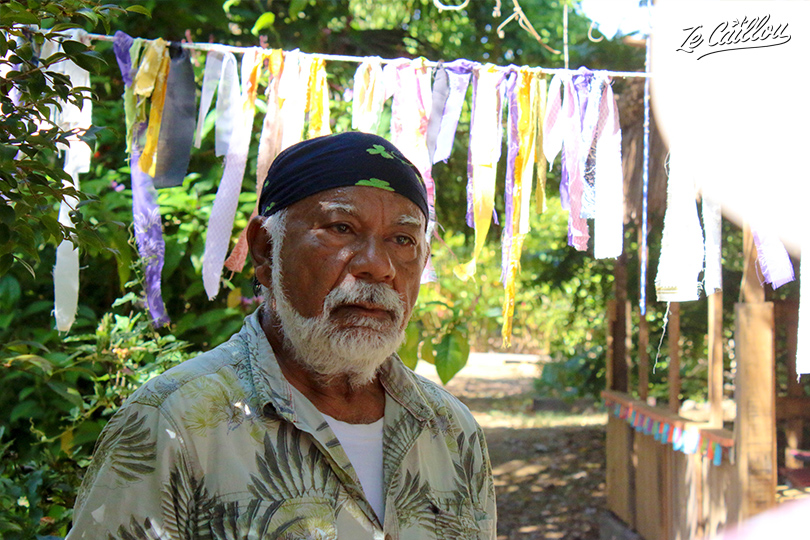
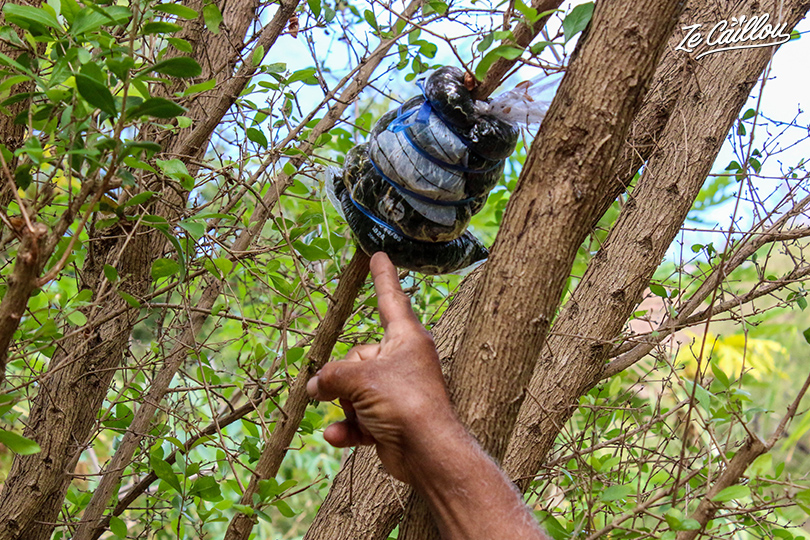
Layering
He tells us about the different techniques of plant reproduction, including layering. The fact of slightly cutting a branch and surrounding it with compost in a plastic so that the roots grow again and then be able to replant it.
We then discover many varieties of plants before even arriving at the small square of “medicinal” plants.
- Mexican grapes (different from Mexican cherries), or Jaboticaba… which grow directly from the trunk.
- Breadfruit the grain…which unlike the usual breadfruit, has no flesh. But you can eat the seeds in the same way as chestnuts.
- Bilimbi, or local pickle, a long vegetable, which also grows on the trunk.
- Bringelle from Mauritius (or Senegal), which like bitter gourd, must be cut and soaked the day before in salt water to lose part of its bitterness.
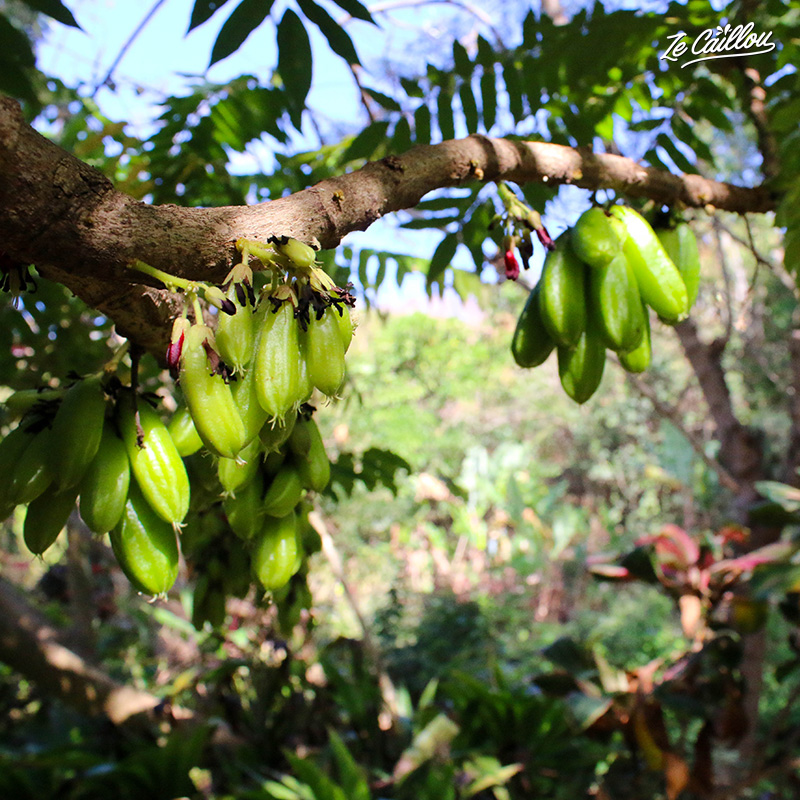
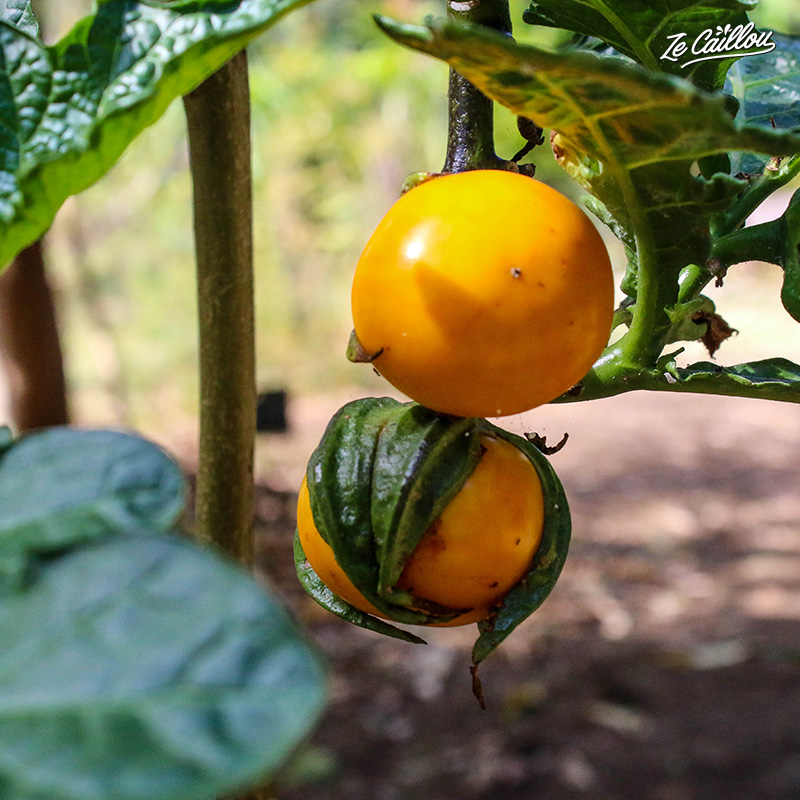
And medicinal plants then…
We arrive at the space of medicinal plants, even if here it must be said, Paulo decided to make a disorganized organized space to let nature live… Without pesticides and without treatments…
Be aware that basil infusions help to preserve a good memory, that pippin wood (or arnette), with apple taste, helps all that is articulation and inflammatory reaction. That ayapana is good for stomach aches and that lipstick plant has 33 medicinal properties.
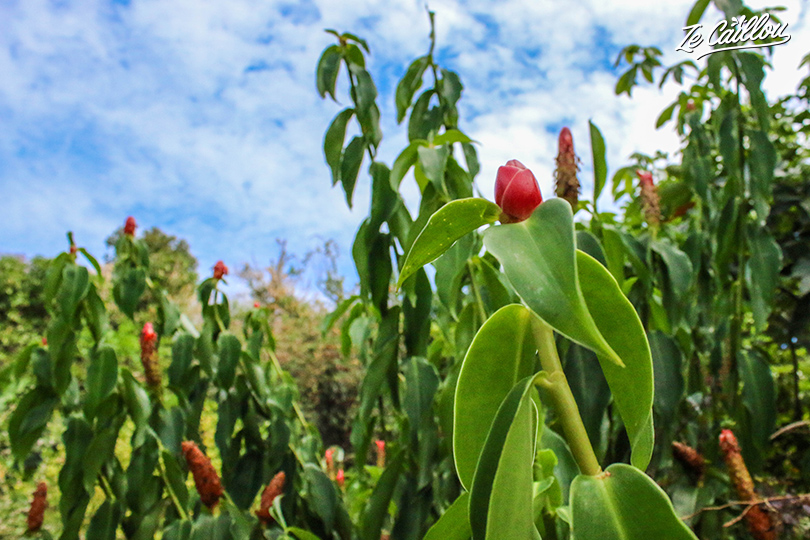
We will also see absinthe (from the Artemisia family), blue weight (liane madame), rose geranium, lemongrass, cloves and 4 spices… There is something to cure all health issue in this garden. Still need to know what it is for and how to use it.
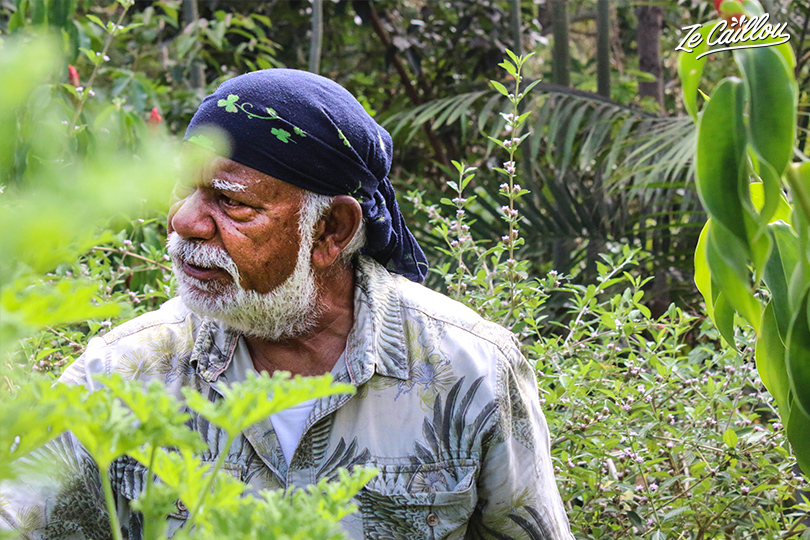
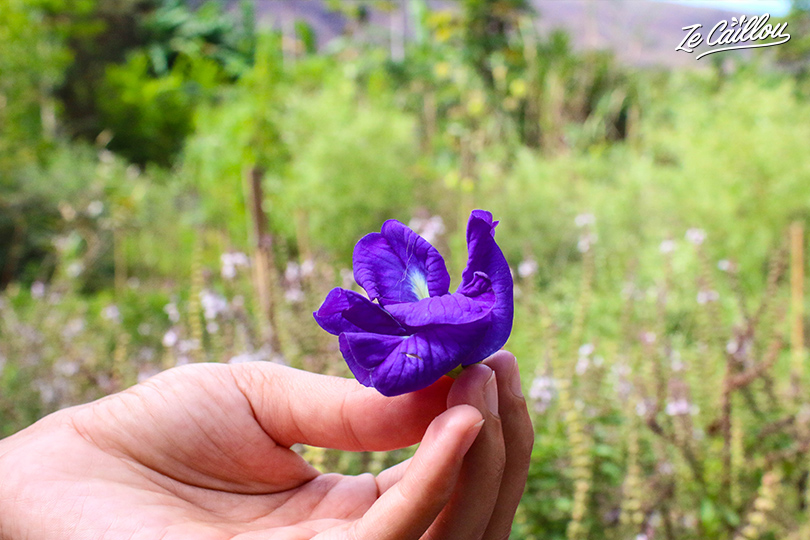
Fortunately, more and more people are getting interested in this and looking to learn the knowledge of people like Paulo. Locals who used to use plants for their medicinal properties.
Sharing and transmission is essential and it’s really this kind of value that can be found in a Zarlor like this.
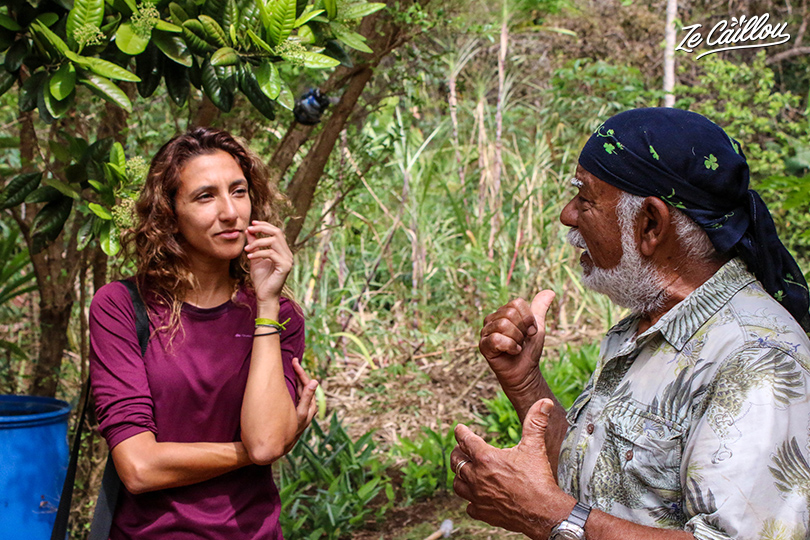
Paulo also gives us a little demonstration of the fertilization of a few vanilla flowers. A not very complicated technique but which requires a lot of delicacy!
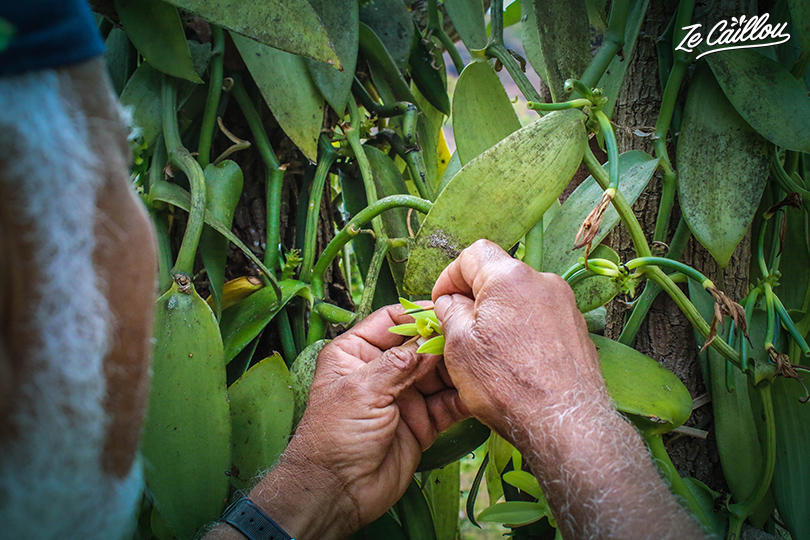
Let’s go to the garden side!
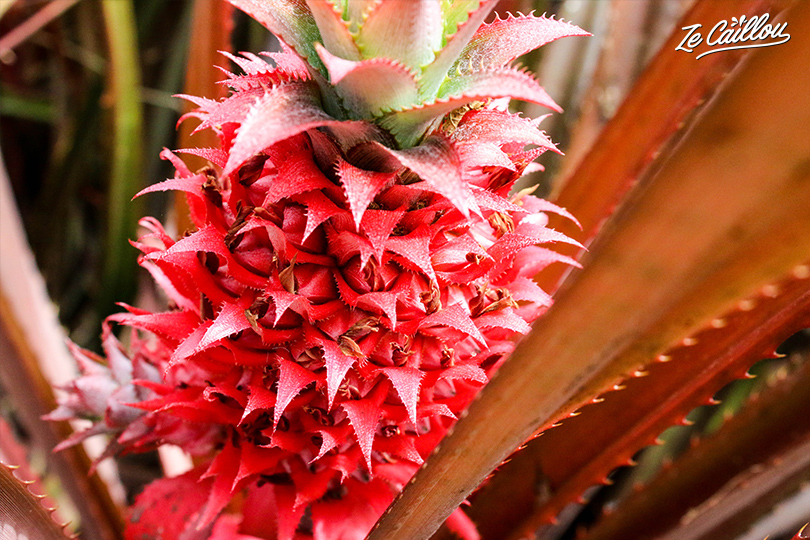
A pink…pineapple!
After this 1era discovery part, Paulo leaves us in the hands of Didier for the rest of the visit. If you have never seen one, you will see small pink pineapples, which are not good to eat, but very beautiful.
We see noni and benjoin, good for many things, especially to fight against dengue fever. We learn that porcelain roses (here red, pink and white) can be eaten in jam, but also be used in arranged rum by putting stem and flower in rum makes you want to try! Then the big cinnamon, the ti-jacques, the baobab, the sapodilla (which is also called soursop) the ylang-ylang… We take full eyes.
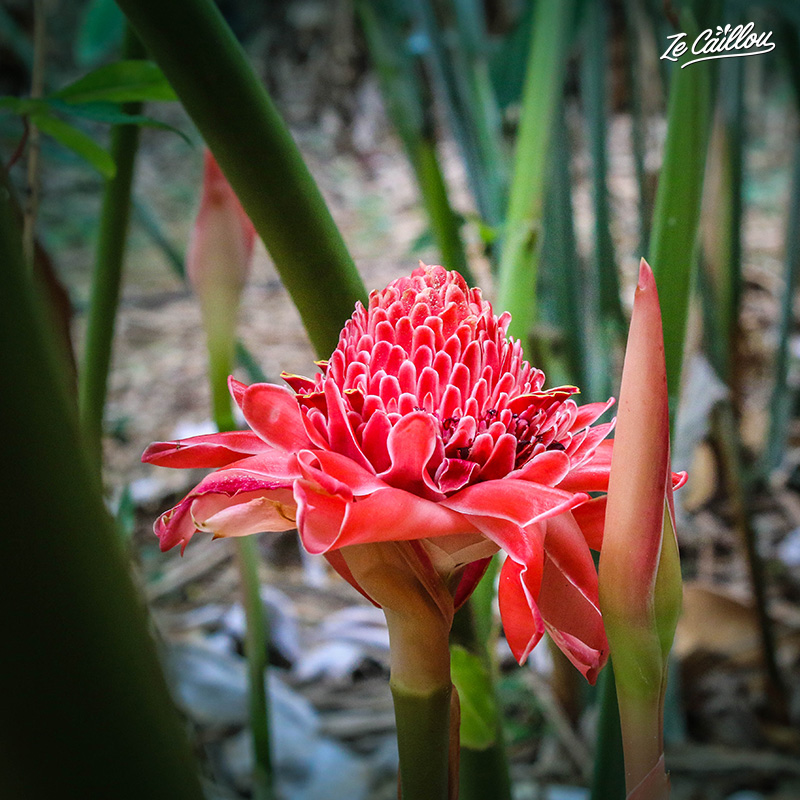
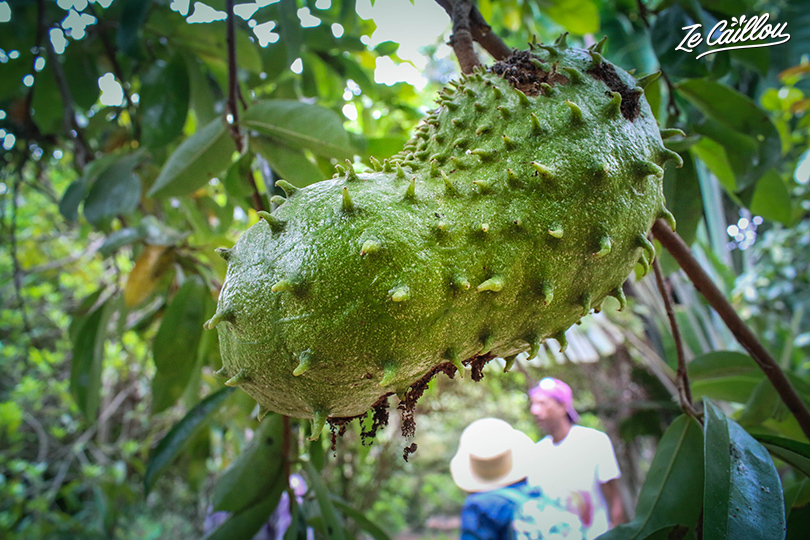
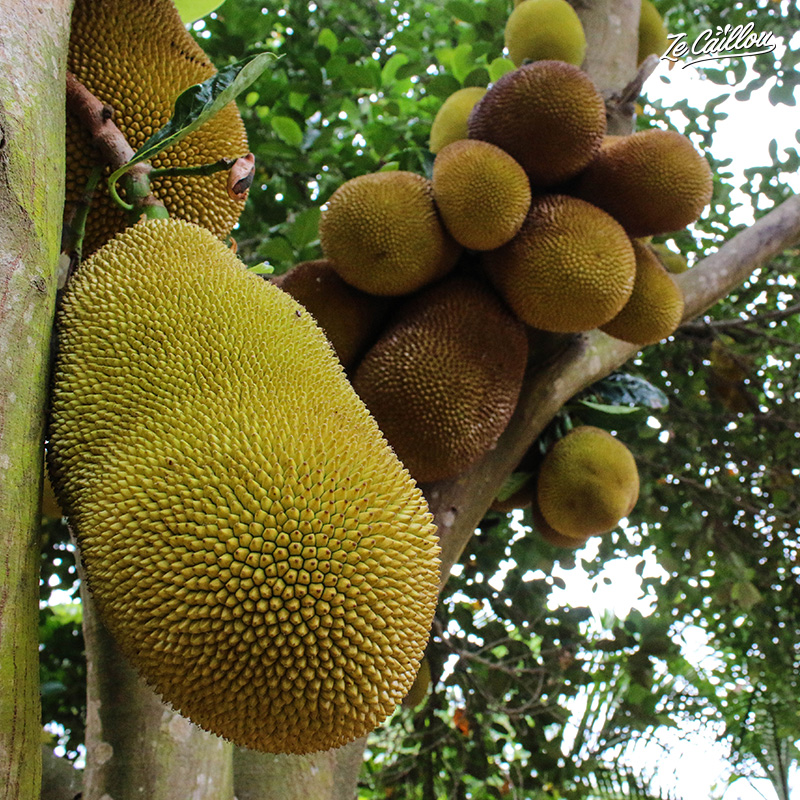
At the bottom of the garden, there is a large “soap tree“. Didier explains us that you have to put 3 or 4 yellow seeds in a sock in the washing machine and that replaces the detergent! It’s a shame, we only find green seeds, otherwise you could have counted on us to test this!
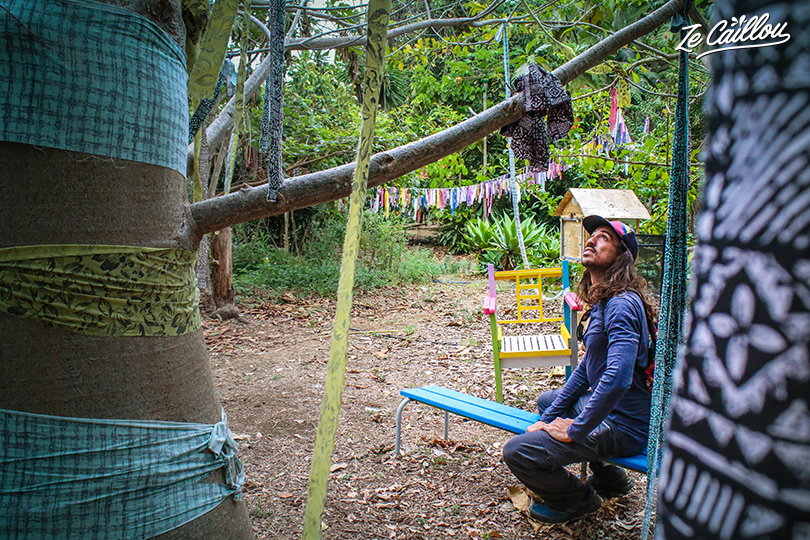
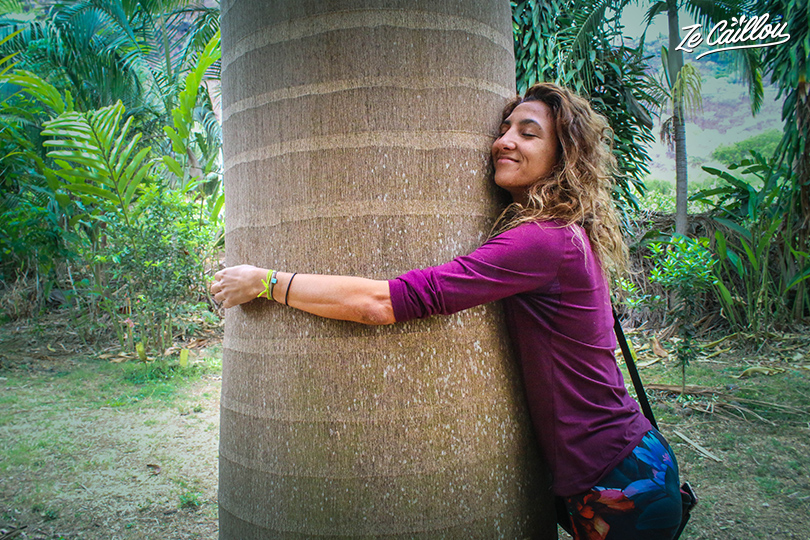
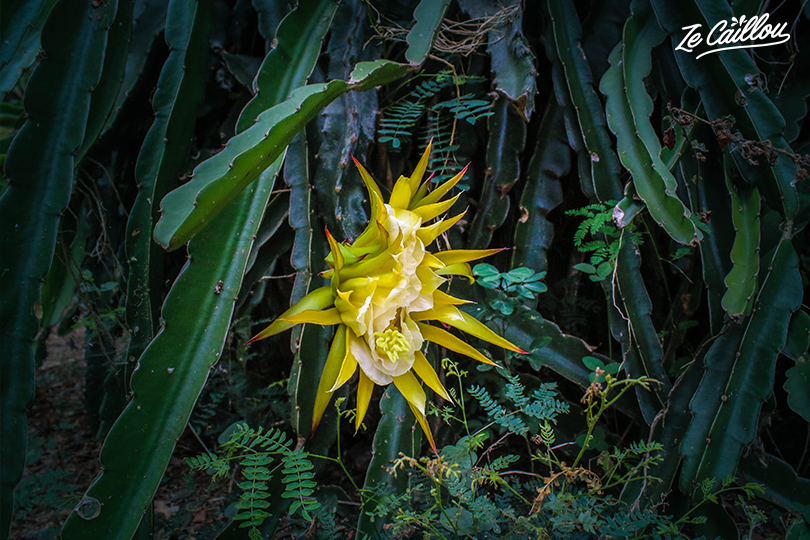
Did you know?
You have to plant a pink pitaya next to a white one so that they fertilize together…!
Jardin chez Paulo, like at the market
We are coming to the end of the visit… we could still ask a thousand questions… But there is no point in asking too much, already we will try to remember some of what we learned today!
Before leaving, it is possible to buy small plants… Cinnamon, clove, wormwood, ravintsara… and many more trees. You can also find them on Sundays at the market on the “Route du Théâtre”!
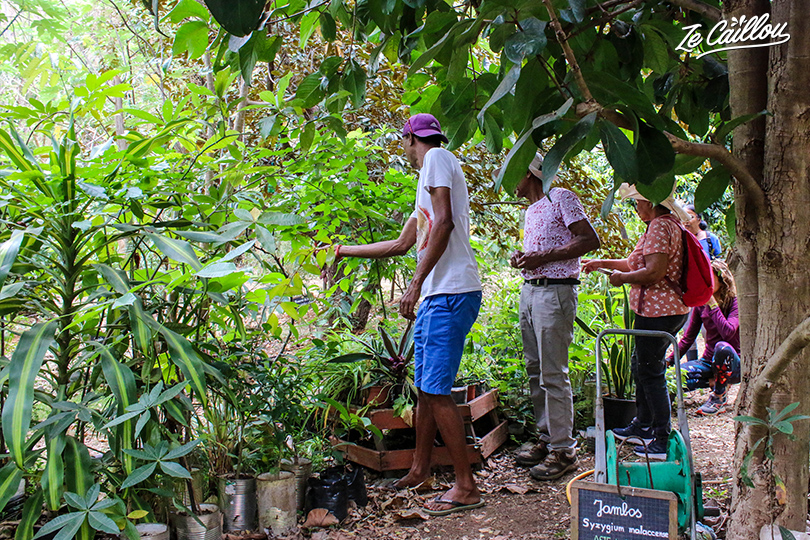
Do not hesitate and go visit the Jardin chez Paulo, it’s a great sharing moment!
Practical Info about Jardin chez Paulo:
This Zarlor « O Jardin chez Paulo » is taking place in Saint-Paul : Chemin Déboulé, Tour des Roches, 97460 Saint-Paul.
- it includes: garden visit + gardening workshop + snack (herbal tea and local cake)
- It takes 3 hours (8:30 a.m. to 11:30 a.m.) and the price is €14 per person.
- To book this activity, go to the Tourism Office website: Office de Tourisme Ouest.
Remember to bring: walking shoes, water, baskets, garden gloves, sunscreen, mosquito repellent lotion.
And to find all our activities in Réunion, it’s here !

[…] Dorothée Ninotta, who has also worked for a few years with Paulo (see article Paulo’s garden) offers a complete workshop around bees. A real immersion in the fabulous world of these versatile […]